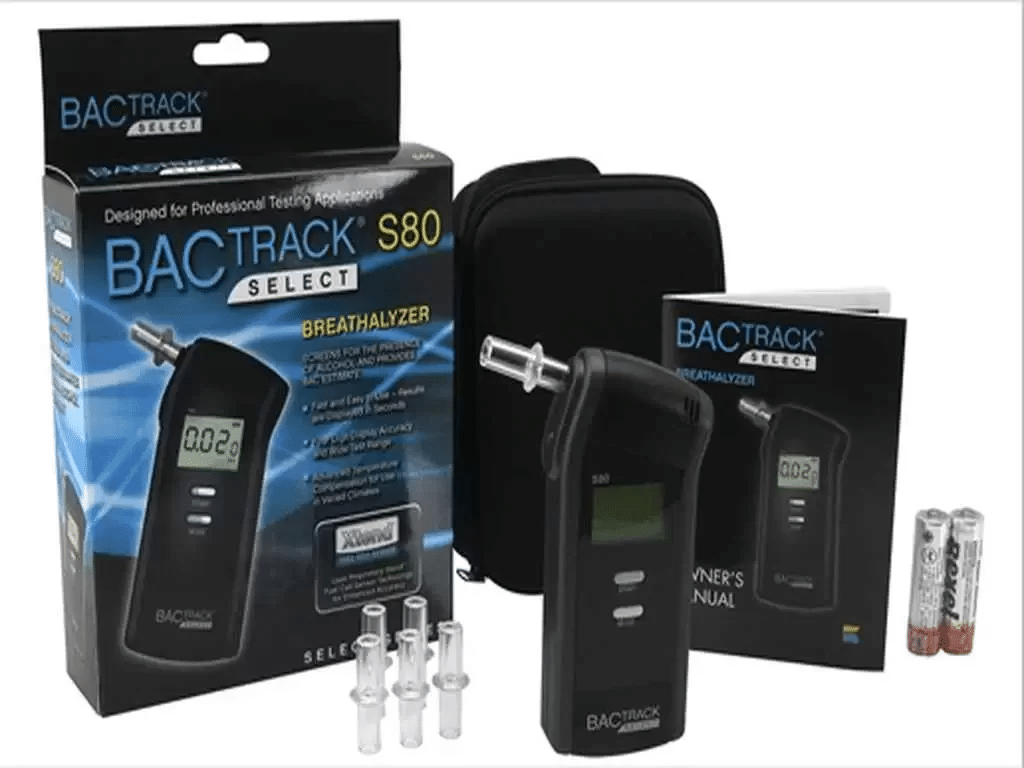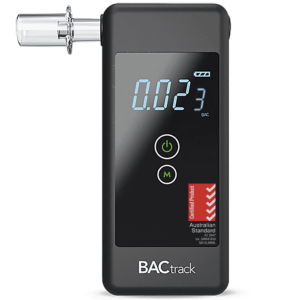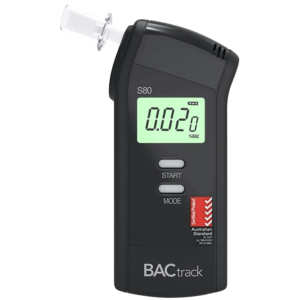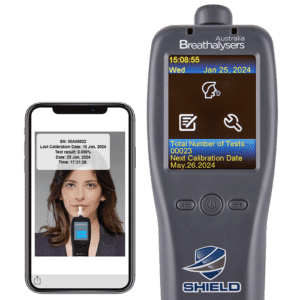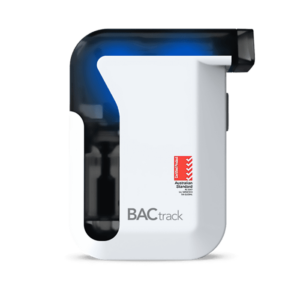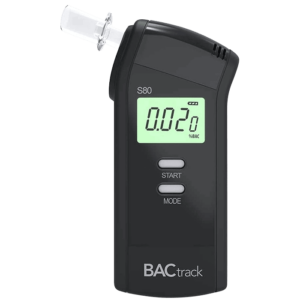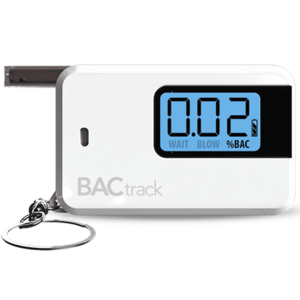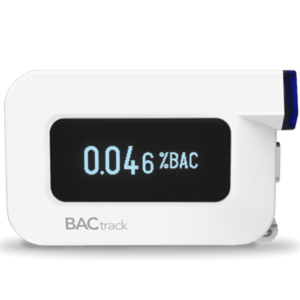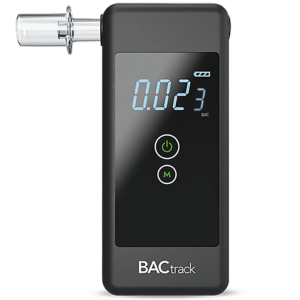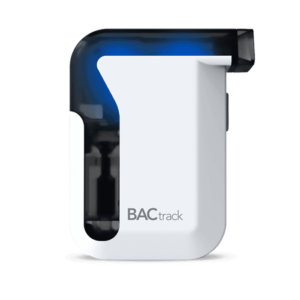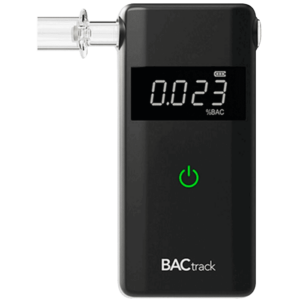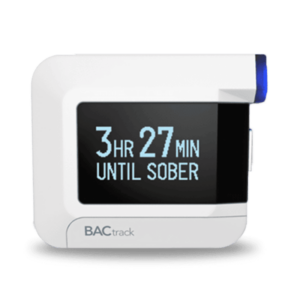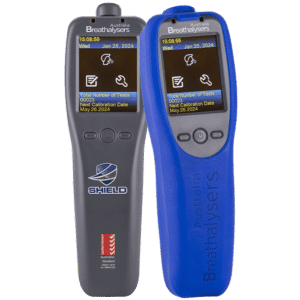Drug Alcohol Test for Employment: Importance and Testing Procedures
21 April, 2022

Workplace safety and risk management can play a vital role in a company’s success. Accident prevention programs like workplace testing for alcohol and drugs can help reduce workplace hazards and the likelihood of injuries. Alcohol and drug usage can cause a variety of adverse effects. Effects like impaired judgement, blurred vision, slow reaction times, coordination problems, memory loss, and aggressive behaviour can be present in an employee due to recent alcohol or drug consumption. Without a doubt, these impairments can drastically affect their ability to work safely and effectively. Furthermore, impaired employees are more likely to endanger others, like coworkers and clients. Therefore, employers must prevent substance and alcohol use. Nowadays, companies require applicants to participate in a drug and alcohol test for employment to identify those with substance use disorders. This method can help prevent employers from hiring applicants who may potentially have drug or alcohol use problems.
Testing is crucial to ensure the safety of the workplace and community. It can prevent employers from hiring potentially dangerous employees into their workforce. Furthermore, it is worth noting that a negative test result from a drug and alcohol test is now as important as their experience and credentials. In most cases, a positive alcohol or drug test result can make them ineligible for the job position. Individuals are more likely to encounter tests in industries like:
- Construction
- Mining
- Transportation
- Aviation
- Manufacturing
Importance of a Drug and Alcohol Test for Employment
The sole purpose of pre-employment alcohol and drug testing with devices like the workplace breathalyser from Breathalysers New Zealand and urine or saliva drug test kits is to single out potentially dangerous applicants. No matter how skilled or experienced, these applicants can drastically affect workplace safety and decrease productivity. Applicants who fail a drug and alcohol test for employment are more likely to have alcohol and drug use problems. Furthermore, these habits can drastically affect their workplace performance. Therefore, workplace pre-employment test results can be as important as the contents of an applicant’s résumé. Employees that have alcohol and drug use problems are more likely to have:
- Increased Absenteeism
- Low production rates
- Poor work quality
- Excessive and frequent tardiness
- Unorganised working station and file management
- Many pending and unfinished projects due to absences and low productivity
Aside from their performance, it is essential to note that employees with drug and alcohol problems may also cause issues for their coworkers. Employees that are constantly absent can drastically affect the performance of others as well. Other employees would be forced to work harder because of the missing workforce. Moreover, this could also mean that other employees would have more to do. Additionally, it is crucial to remember that having overworked employees can also lead to high turnover rates. Therefore, hiring the right applicant can play a vital role in a company’s short-term and long-term productivity. Without a doubt, a drug and alcohol test for employment can effectively help employers hire more competent employees.

Testing Procedures for Drug and Alcohol Tests for Employment
There are plenty of viable and reliable tests available for a workplace drug and alcohol test for employment. Employers can choose between breath, urine, blood, hair follicle, and saliva tests. Among these tests, companies would commonly perform breath tests for alcohol screening. This form of testing requires the use of breathalysers. Devices like the workplace breathalyser from Breathalysers New Zealand can help provide highly accurate workplace tests. On the other hand, it is common for companies to use urine or saliva sampling for drug tests. These tests can be performed by testing services or with the help of drug test kits. Breath, urine, and saliva tests are commonly done because they are easy and quick to perform. For example, all an employee must do during breath tests is blow into a breathalyser.
Aside from a pre-employment test, employers can also perform these tests during other forms of workplace testing. When applying for a job position, employers often make newly hired employees sign a workplace policy and agreement. Signing this document can allow employers to test their employees during:
- Random workplace testing
- Post-accident/incident workplace testing
- Reasonable cause workplace testing (based on evidence)
- Blanket/mass workplace testing
Drug and Alcohol Test for Employment: Breath Tests
Breath tests with devices like the workplace breathalysers are plain and simple. These devices can estimate the Blood Alcohol Content (BAC) through breath samples. During a workplace drug and alcohol test for employment, any more than a 0.00% BAC reading could mean a positive test. The only downside with breath tests is that companies would also need to perform urine or saliva tests for drugs. However, the simplicity and speediness of a breath test make up for its disadvantages. Even police officers and medical professionals rely on breath tests. Law enforcers and healthcare practitioners use breath tests to maintain safer roads and provide adequate medical prescriptions. Breathalysers are compact devices that can easily be used in almost any situation. When performing tests for a handful of applicants, devices like workplace breathalysers can help provide quick and reliable tests.
Drug and Alcohol Test for Employment: Breathalysers Available at Breathalysers NZ
The workplace breathalysers available on Breathalysers New Zealand feature highly accurate fuel cell sensors. These are the same sensors that law enforcers and medical professionals use on their devices. Moreover, these sensors are sensitive to only ethyl alcohol, reducing the likelihood of producing false-positive results. This accuracy can help when testing employees with diabetes or on a low-calorie diet. Fuel cell sensors are highly durable, allowing employers to use them for constant and frequent company-wide alcohol testing. Additionally, this durability also ensures employers that these devices do not need frequent recalibration despite heavy use. It takes 10 to 15 seconds for a BACtrack breathalyser from Breathalysers New Zealand to process BAC results. Lastly, these devices also have one-button operations, allowing for breath tests to be done with just a press of a button. Employers can now efficiently provide convenient alcohol tests during a drug and alcohol test for employment. Breathalysers New Zealand also offers the SHIELD Express breathalysers, which have unprecedented testing speed for all perceivable ranges.
Conclusion
Employers need to prioritise workplace safety. Improving overall workplace safety can ensure good productivity and employee satisfaction. Employers can reduce the likelihood of workplace accidents and injuries by implementing a drug and alcohol test for employment. Avoiding applicants who may have an alcohol or drug use issue can help maintain an excellent overall working environment.
Moreover, reducing workplace accidents can help improve the overall annual earnings by reducing specific costs. Fewer accidents in the workplace can lead to reduced healthcare costs, reduced accident compensation costs, and fewer damaged equipment to replace. It also enables fewer damaged products and decreases disruptions in workflow. Hence, using urine, saliva, and breath tests can provide many benefits to companies.






